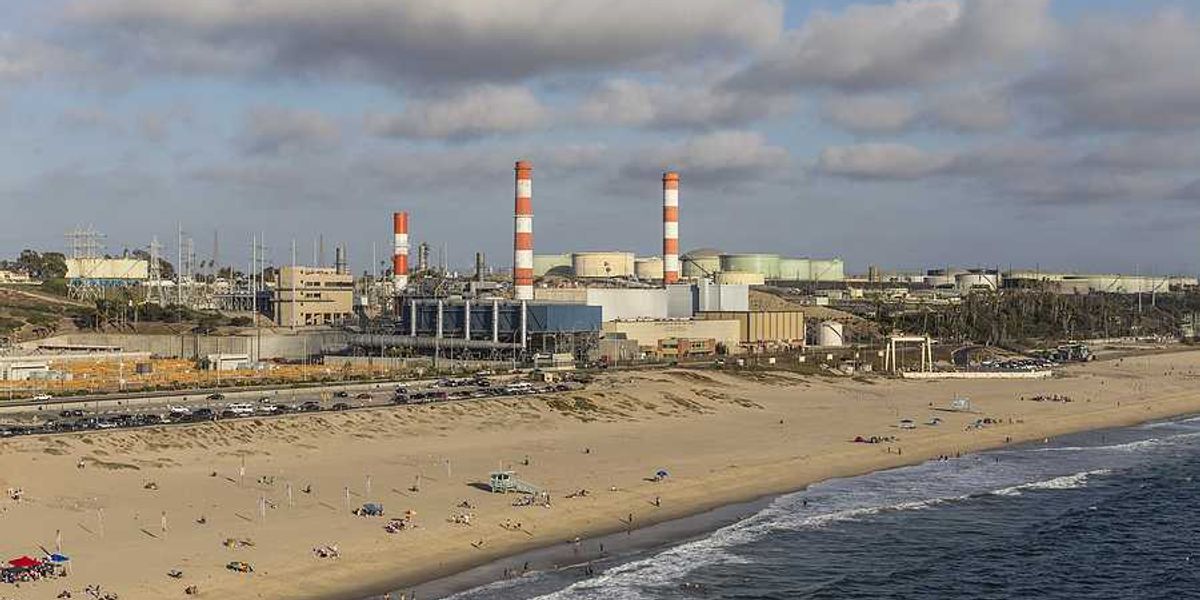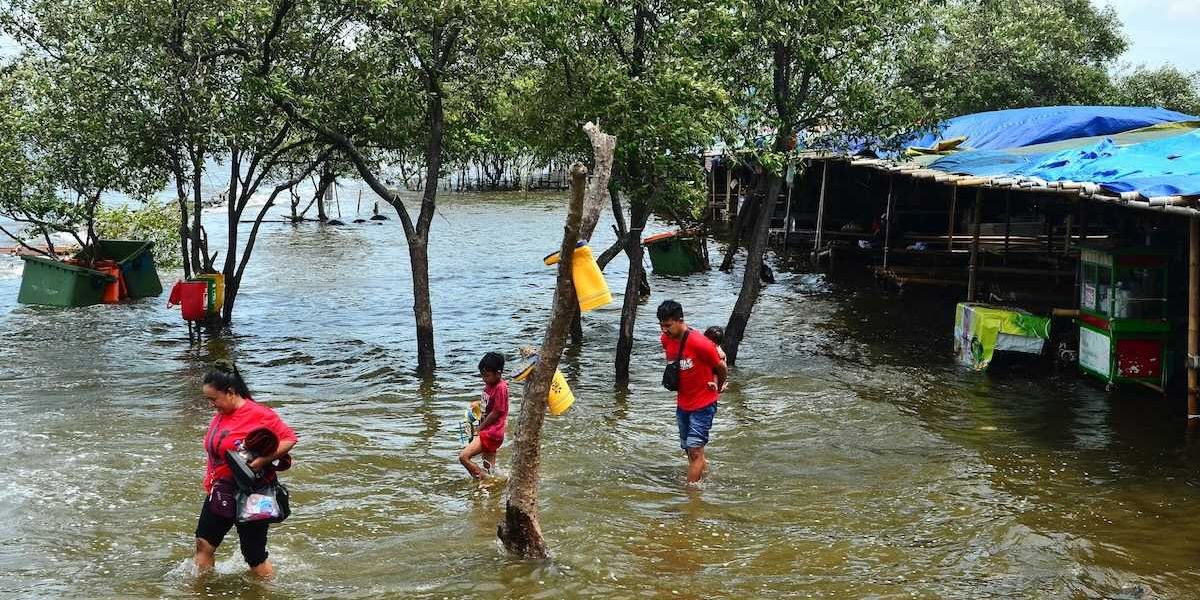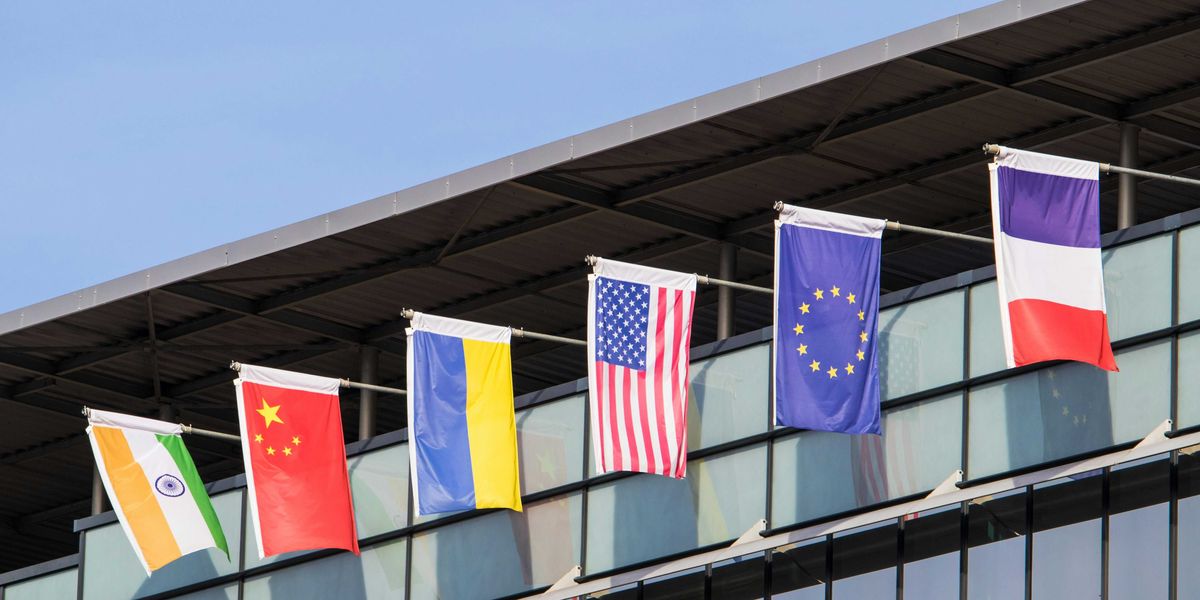Hawai’i cattle ranches are shrinking as drought worsens and rainfall patterns shift
A prolonged drought on Hawaiʻi’s Big Island is forcing ranchers to sell off large portions of their herds and rethink the future of grass-fed beef in the islands.
Thomas Heaton reports for Honolulu Civil Beat.
In short:
- Kuahiwi Ranch in Kaʻū has reduced its cattle count from 1,300 to about 800 due to extreme drought and dry pastures, with some cattle shipped to the mainland for finishing.
- Scientists say traditional weather patterns like El Niño and La Niña are no longer reliable predictors of rainfall in Hawaiʻi, where even “wet” years bring little relief to drought-stricken areas.
- As the local beef industry faces uncertainty, younger generations of ranchers remain committed to keeping cattle in the islands despite financial pressures and rising costs of water infrastructure.
Key quote:
“It’s hard to make grass-fed animals without grass.”
— Guy Galimba, rancher at Kuahiwi Ranch
Why this matters:
Hawaiʻi’s ranches, which occupy nearly a fifth of the state’s land, are vital not just for local beef but for stewarding ecosystems prone to fire and erosion. Drought puts this entire system at risk. When grass disappears, so does the ability to graze livestock, leading to more imports and reduced food security. Rising temperatures, shifting rainfall patterns, and declining reliability of climate cycles like El Niño are creating a volatile situation, with ranchers forced to make hard decisions. And unlike on the mainland, they can’t just truck in replacement cattle or move operations. The deep-rooted paniolo culture, built over centuries, now faces an uncertain future. If these lands dry up, they don’t just stop producing beef — they become more vulnerable to wildfires and development.
Read more from Honolulu Civil Beat's series Hawaii Grown.













